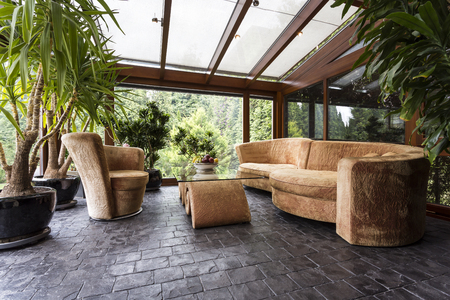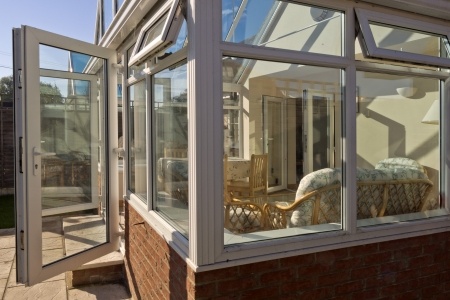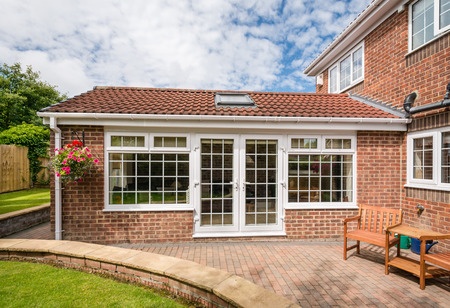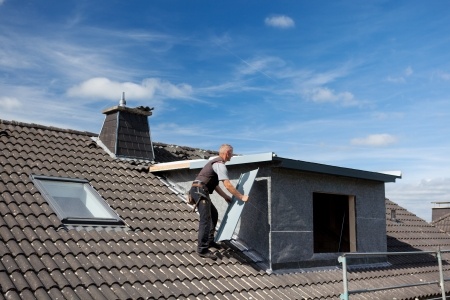The Supalite roof system is one of the most popular types of conservatory roof replacement for South West homeowners with dozens of internet searches per month. We have previously posted a Supalite roof review but what if your local roofer is not an approved Supalite installer and you don’t fancy a go at DIY Supalite Roof Installation? Are there other options?
All of the systems below can achieve the basic goal of turning a conservatory which is too hot in the summer and too cold in the winter into a habitable year-round space without the expense of a full rebuild.
They all require building regulations approval but require less red tape than a full-scale conversion.
We have researched the most popular replacement roof systems and posted their official videos and some extra information below. We’ve presented them in alphabetical order to avoid suggesting one over another.
Supalite Roof System Alternative #1: Greenspace
Hampshire-based Greenspace claim they can transform your conservatory into an enjoyable living space in only a day. They publish a u-value for their roofing system of 0.29W/m2k. The u-value is a measure of how quickly energy (i.e. heat) is conducted through a material and the lower the number the better.
Supalite Roof System Alternative #2: Guardian
Guardian is one of the most nationally-recognised providers of solid roof replacement systems. They offer an extensive range of window styles and sizes along with many different tile finishes and colours.
Their system can boast a thermal u-value of 0.18W/m2k which is impressively low. They are LABC and LABSS approved and systems are installed over a few days via Team Guardian members.
Supalite Roof System Alternative #3: Metrotile
Metrotile are the preferred system for some South West companies specialising in conservatory roof conversions. Metrotile are a big worldwide operation and claim that their steel-based frames (which are in contrast to the aluminium ones used in the Supalite roof system) are one seventh the weight of conventional roof replacement systems.
Metrotile advertise a low u-value but it was difficult to find out a value. Their roofs are guaranteed weatherproof for 40 years. Metrolife products carry the CE mark proving that they have passed quality testing within the EU. They also carry the LABC mark and have updated BBA certification.
Supalite Roof System Alternative #4: Ultraframe
Ultraframe are also BBA accredited and have set up an Ultraframe Ultra Installer scheme for customer peace of mind. One nice touch is the online Product Selector which runs through a range of questions (importance of thermal efficiency, type of room you want your conservatory to be, roof material choice, etc.) before spitting out a suggestion of relevant Ultraframe products.
*Disclaimer: All information was taken from the online content live in May 2017. SWRCN make no guarantees to its accuracy or relevancy.
Conservatory Image: Copyright: bialasiewicz / 123RF Stock Photo





